7 things that could be making your antiques look cheap
Interior designers and antique experts say to avoid these seven common mistakes that could make your antiques look cheap
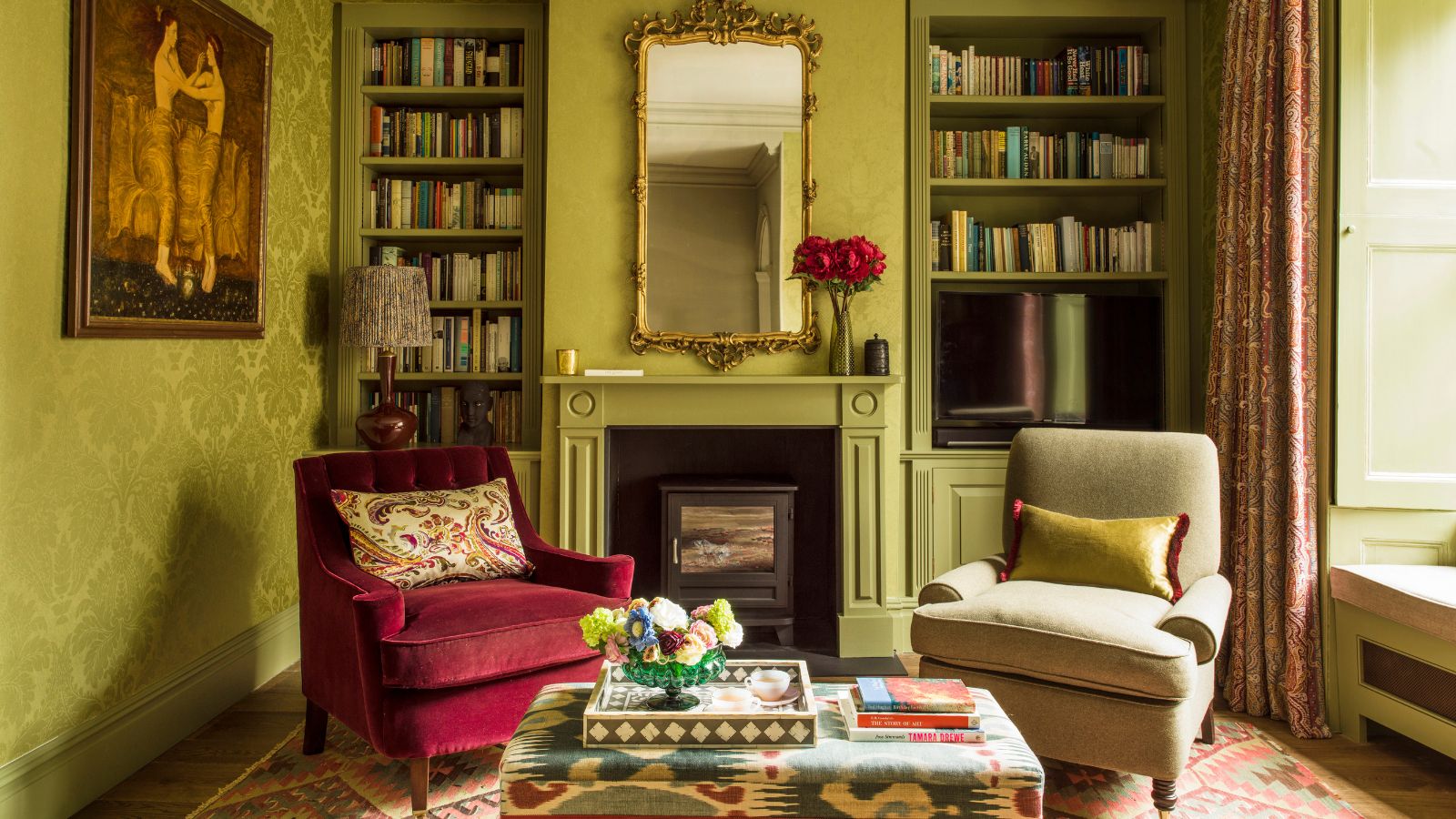

Antiques have endless appeal when it comes to interior design. No matter the piece, an antique has a unique charm and individuality that almost always gives a room patina, grandeur, and a sense of eclecticism. Their mere age and artisanal nature are enough to make a scheme feel more elevated, not to mention their ability to nod to your tastes as a collector. While an antique almost always complements a room, there are common mistakes that could be making your antiques look cheap.
The beauty of decorating with antiques is the versatility they bring to a space. With so many styles to choose from, creating a one-of-a-kind home can be achieved with a keen eye and knowledge of the classic eras and makers. However, styling your antiques is just as important as sourcing them and can make all the difference when it comes to how they affect your overall scheme.
Whether it's poor lighting, overly modern furnishings, or simply too much styling, these are the seven things that make your antiques look cheap, suggested by expert collectors and designers.
1. Overly restoring or cleaning
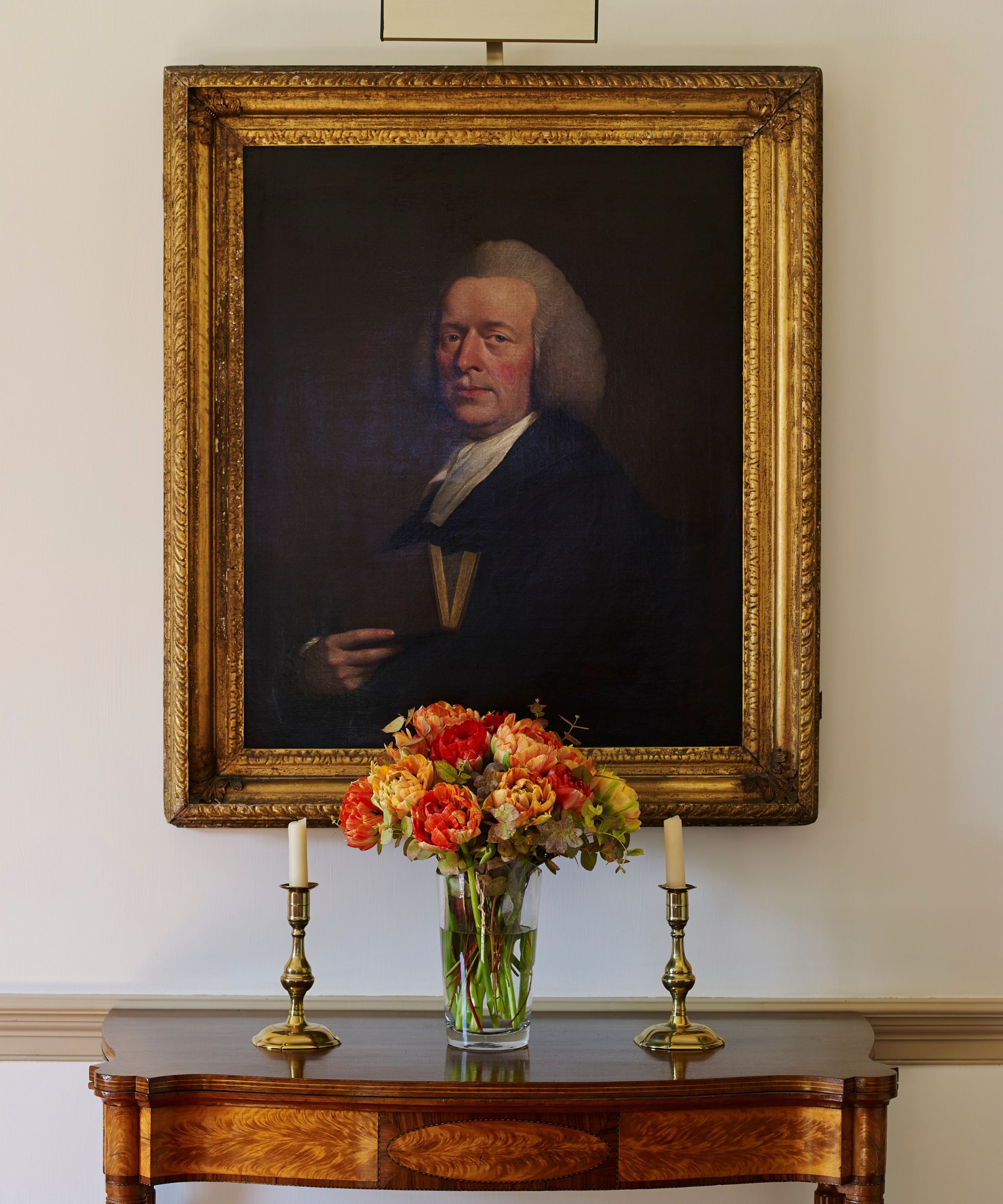
Some may say there is vintage and antique decor to avoid, such as a worn-out piece of furniture unlikely to stand the test of time; however, there is another antique that should be avoided entirely – one that's been overly restored and made to look too new. A squeaky clean, tarnish-free, reinvented antique looks cheap and less like the real deal as its age has been disguised.
Designer advice is to steer clear of pieces that have been heavily 'updated' or 'upcycled'. Jacu Strauss, Design and Creative Director of Lore Group, says 'The main thing that makes an antique look cheap is trying to make it look like new. For example, when it is restored too much, or parts are restored unnecessarily. The beauty of antiques is the imperfections that come with age. For example, an over-polished or glossy wood surface or an overly restored gold frame on a painting. Loving antiques is loving the imperfections and the mystery of their past. The same applies to painting over wood antiques, like whitewashing. That is a sin.'
2. Mixing antiques with replicas

One of the most common mistakes when it comes to styling antique furniture or decor is putting them amongst replicas. While it might be tempting to create a collection of antiques for less, this actually makes the valuable pieces appear fake too. The result is a rather awkward display that feels tasteless.
Sophie Salata, Head of Brand at Vinterior, says 'Unfortunately, one of the quickest ways to diminish the impact of antiques is by mixing them with replicas. Imitation pieces can dilute the authenticity and craftsmanship that make antiques so special – it disrupts the narrative and flattens the sense of history they bring to a space. Instead, it’s far more effective to contrast antiques with pieces from entirely different eras. Pairing them with honest, contemporary design creates a sense of balance and intentionality. This contrast allows the antique to stand out as a point of interest rather than getting lost in a sea of imitation.'
Design expertise in your inbox – from inspiring decorating ideas and beautiful celebrity homes to practical gardening advice and shopping round-ups.
Interior designer Shani Core agrees, saying, 'When creating a gallery wall or plate wall, make sure you choose items of a similar quality. Mixing fine antique Majolica or Flow Blue with a new plate will make the entire display look cheap. The same goes for a gallery wall, when mixing antique artworks with wood frames, please don’t add in giclee art or plastic frames, or the entire mix will suffer.'
3. Cool toned lighting
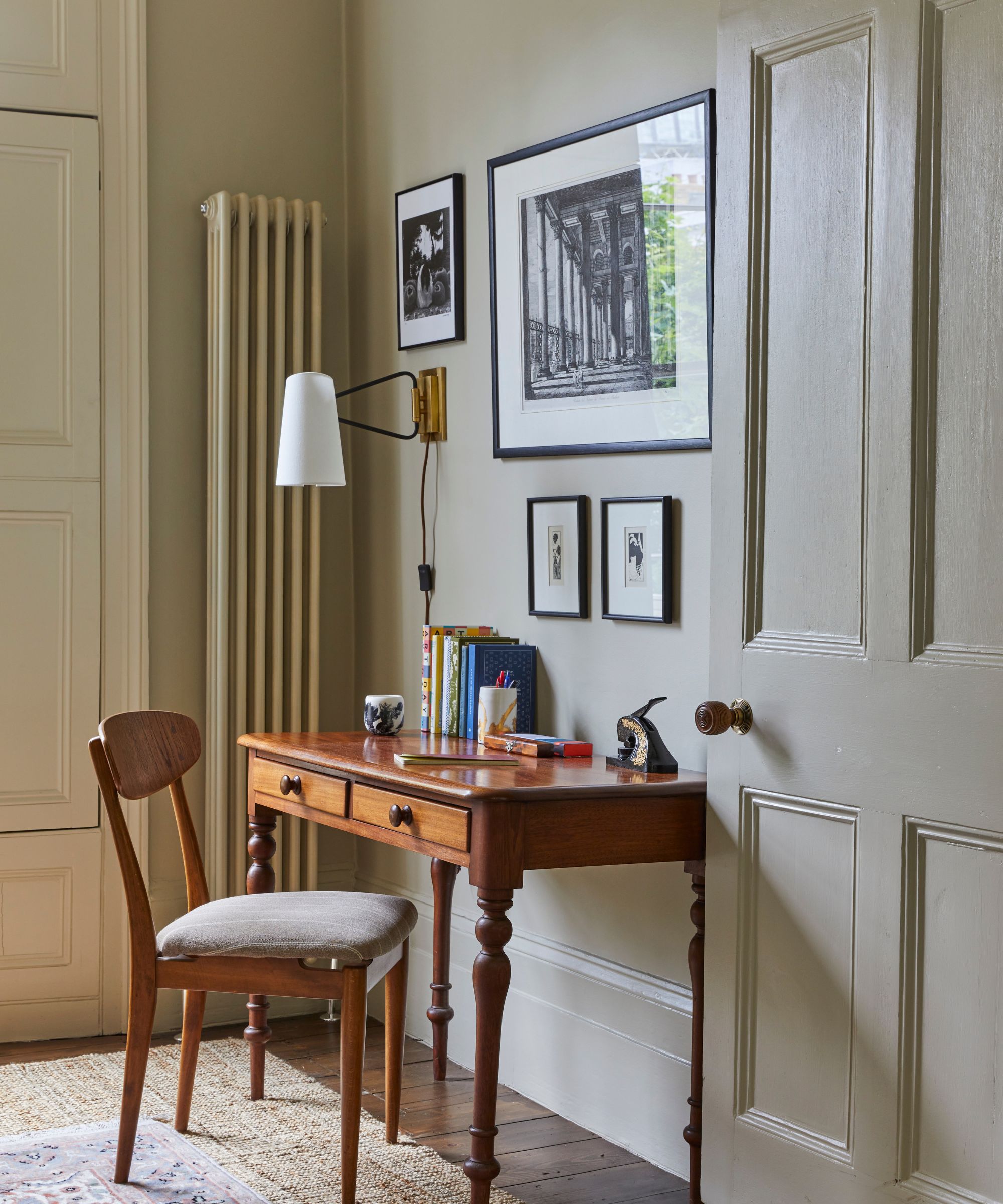
Lighting ideas can make a big difference to an antiques display. When you think about the walls of a gallery or museum, you almost always see a subtle wall sconce or picture light illuminating a painting or sculpture. It's useful to think of your antique styling in the same way; you want your pieces to shine in all their glory, so consider the right lighting style and a flattering bulb to allow your treasures to sing.
If the lighting is off, the pieces will appear cheap and one-dimensional rather than ornate and interesting. Allison Smith, founder of Antiques with Allison, says, 'Lighting can play a more important role than most people think. Cool-toned light bulbs can flatten antiques while a warm-toned bulb brings out their patina, wood grain, and beautiful gilt details.'
Opt for a soft, warm light bulb such as this one from Amazon to ensure your antiques are illuminated without feeling stark or clinical.
4. Poor quality furnishings
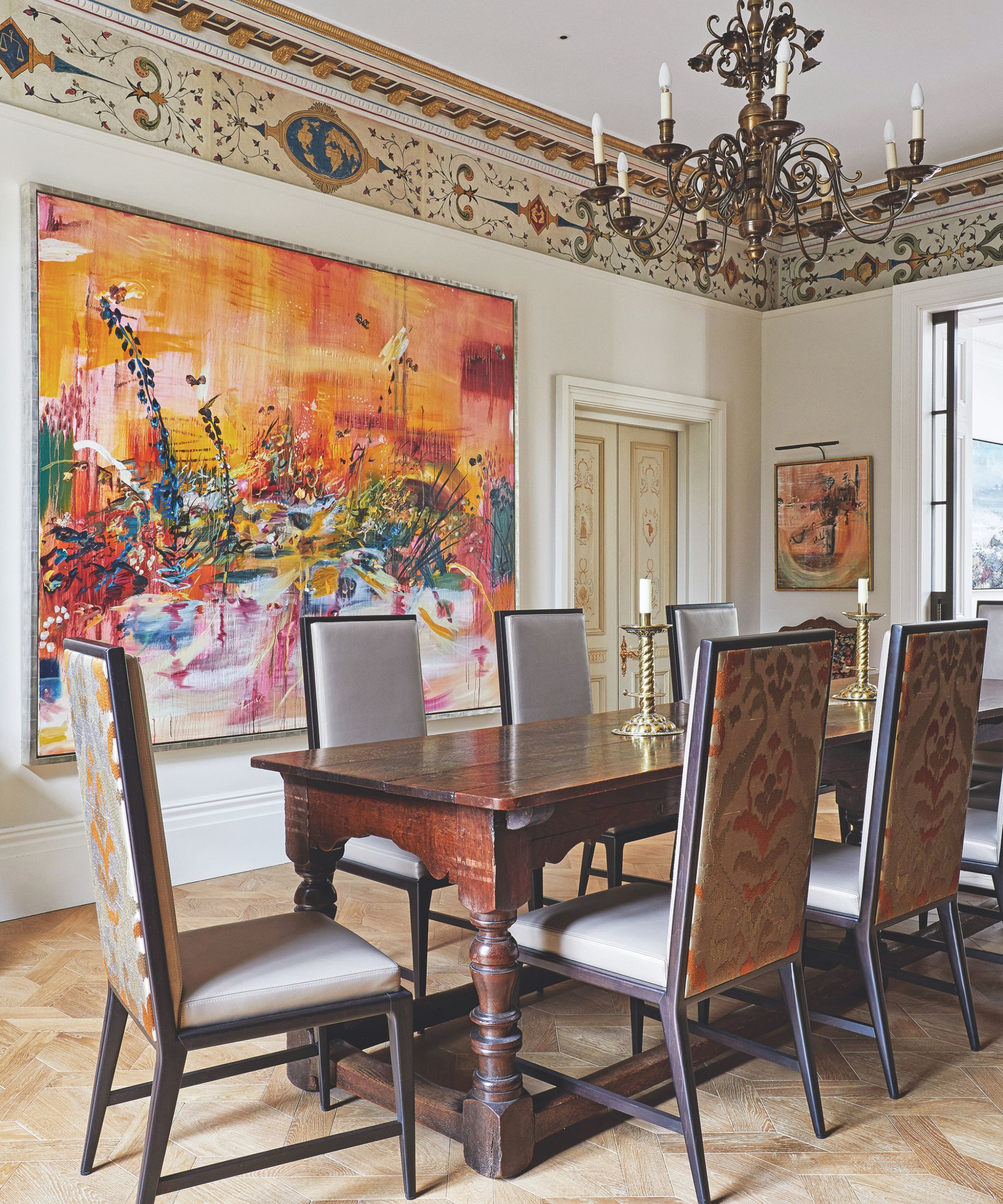
While pairing contemporary decor with antiques is a classic way of honoring the transitional design style, overly modern, cheaply made pieces can clash with antiques and detract from their quality. A low-quality rug or a fad-like piece of decor can make your antique appear affordable and far less of a rarity.
Birdie Fortescue is an antique expert and interior designer who has long incorporated preloved gems in her projects. She says, 'Antiques are a wonderful way to bring character and a touch of gravitas into your home. However, even the finest pieces can lose their charm when paired with synthetic fabrics, stark lighting, a poor floor covering, or overly modern colors.'
Birdie says the important thing is to opt for artisanal, well-made pieces to pair with them. 'I love to mix different periods and materials to add depth and texture to an interior. To enhance the presence of your antiques, opt for high-quality or handcrafted pieces in natural tones and textures that complement, rather than compete with them. It’s a fine balance, but when done well, an eclectic blend of old and new brings individuality, charm, and lasting value to an interior.'
The best neutral paints will allow your antiques to sing while still providing a room with warmth and color. Or, for a more heritage look, consider the best dark blue paints for a contrasting pairing that pops against an ornate antique.
5. Painting your antique furniture
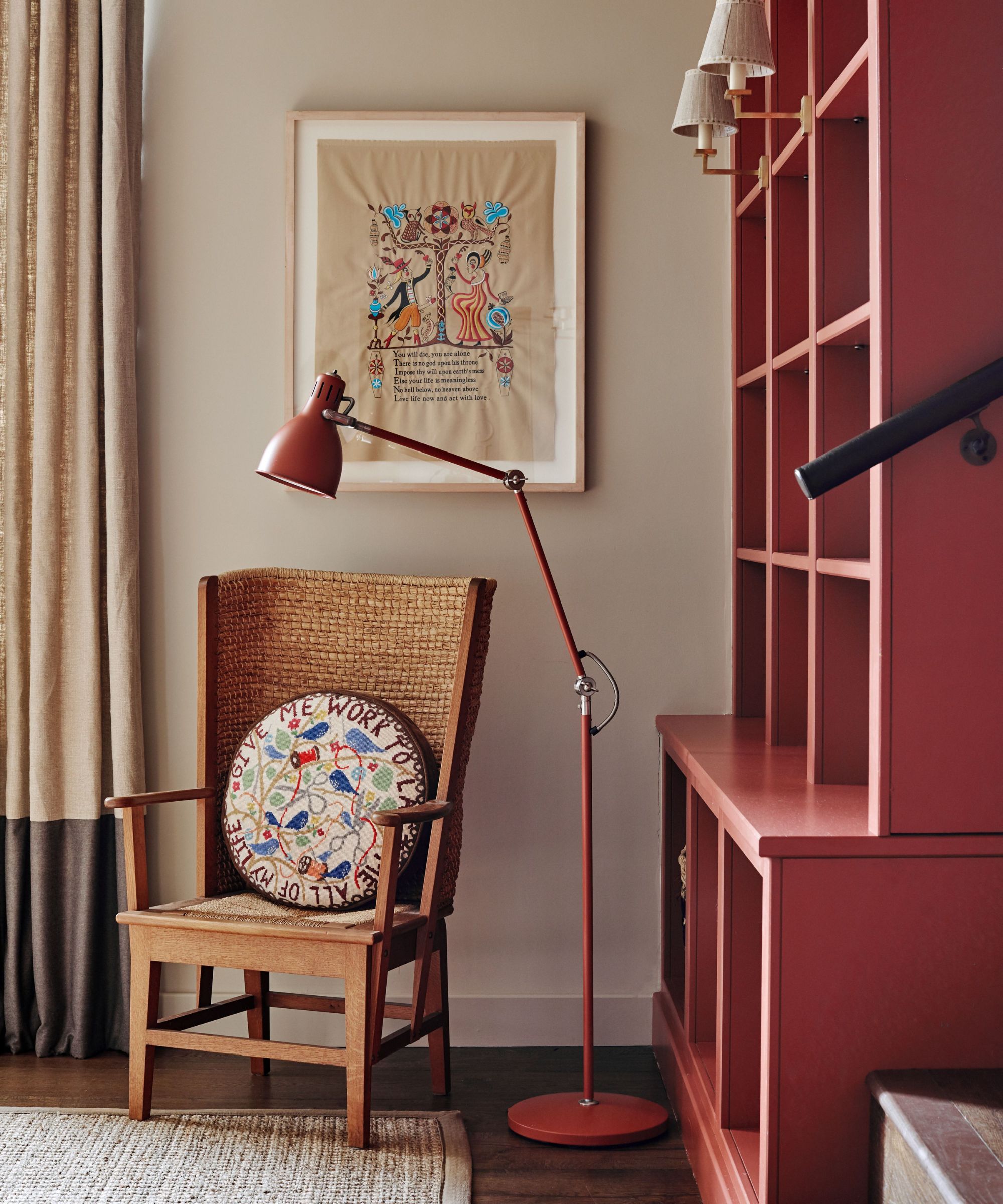
Sometimes a lick of paint is just what a piece of antique furniture needs; however, if you've discovered a high-quality piece that shines perfectly well on its own, paint can actually decrease its value and make a once expensive antique appear cheap and mass-produced.
Painting wood furniture does not always make antiques look cheap, especially if the piece was originally painted and needs a refresh. If you do decide to update it, try to choose a paint color that's close to the intended shade rather than an overly bold paint that clashes with the style of furniture.
Shani says, 'For a long time, some people considered brown furniture to be out of style. In my humble opinion, fine brown wood antique furniture should never be painted, and especially in a bold color! Painting your grandmother’s fine antique mahogany table bright red makes the table look cheap, especially when there are lots of decorative hand-carved details. And the same goes for mirrors, chairs and the like!'
6. Overstyling

There is such a thing as overstyling. In fact, an excessively edited room can lack homeliness and comfort, qualities that are important in interior design. The same applies to antiques; a display of china or paintings that have been painstakingly put together is instantly evident and appears staged rather than well-styled.
The key to decorating with art is creating an arrangement that feels effortless while still allowing each antique painting and print to shine individually. A wall covered in frames is often impactful and the perfect way to showcase your tastes, but if you've overly considered the painting styles, eras, and sizes (for example, grouping them together according to their type), it can detract from the beauty of the antiques individually.
Susannah Cameron, Director of vintage decor company Chez Pluie Provence, says, 'Homes are not showrooms. Rooms should feel as if they’ve been used, not set. If everything is arranged too precisely, the space loses air and feels contrived. It’s the small irregularities that make a room believable.'
7. Too much contrast

Mixing decades in interior design is all the rage; it showcases your ability to fuse contrasting styles alongside your tastes as a collector, a principle of the eclectic interior trend. However, Susannah says, '"High-low” may work for an outfit, but it is hard to master with antiques.'
Pieces that feel very contemporary won't sit right beside an aged relic. Susannah explains, 'Raw wood. Hand-thrown pottery. Carved stone. Wrought iron with rust at the edges. These quality materials know how to sit beside antiques. They have weight, and they carry memory. Avoid anything that feels too new, too shiny, too fast. A plastic chair beside a 19th-century table won’t feel complementary – it will feel out of place.'
She adds, 'Antiques and modern pieces live well together when they share a certain humility. It’s not about contrast, but about conversation. A weathered guéridon beside a clean-lined sofa. An 18th-century terracotta urn in a rambling garden bed. Let shape and texture guide you.'
Antiques shouldn't feel obligatory,' says Susannah. 'Choose them because you love them and for how they make the room feel. A walnut armoire can settle a hallway. A painted commode might catch the morning light just so. It’s not about matching a style – it’s about atmosphere.'

I am the Interior Design News Editor at Homes and Gardens, covering mainly US-based designers and trending news stories. My love for interiors began when I interned in an interior design studio, working on commercial and private spaces. My passion grew while working in production, where I sourced beautiful locations for photoshoots and campaigns. Outside of work, I enjoy collecting antique decor and mid-century furniture for my home.
You must confirm your public display name before commenting
Please logout and then login again, you will then be prompted to enter your display name.